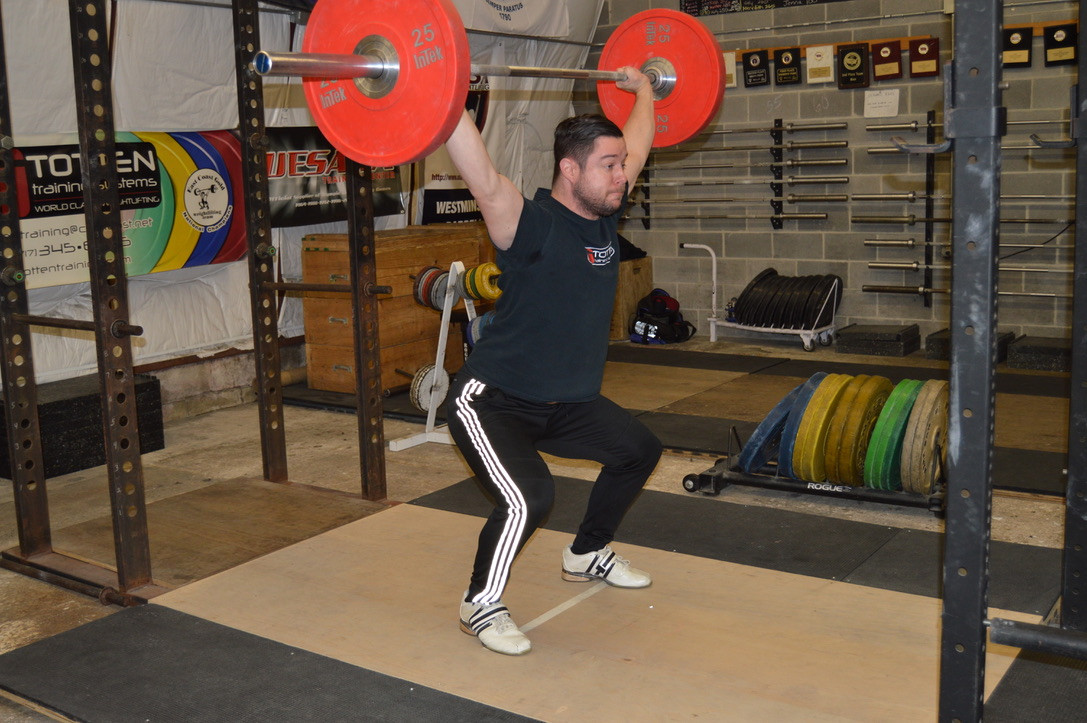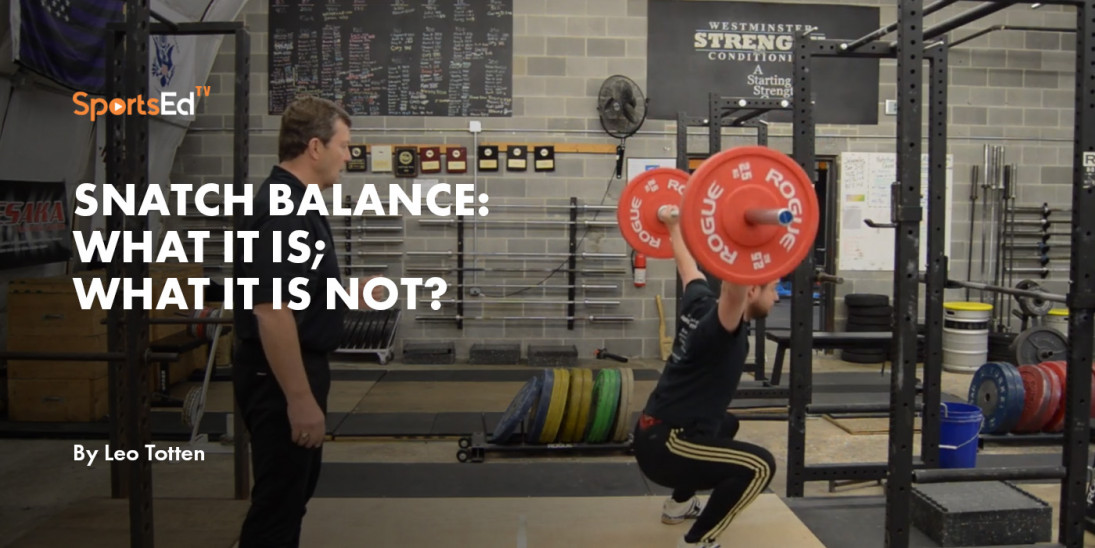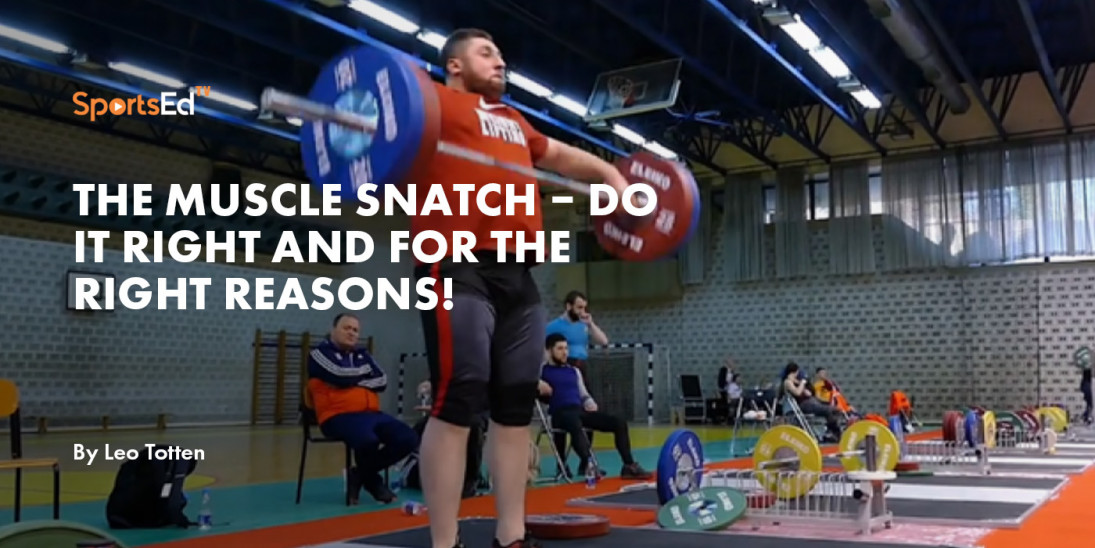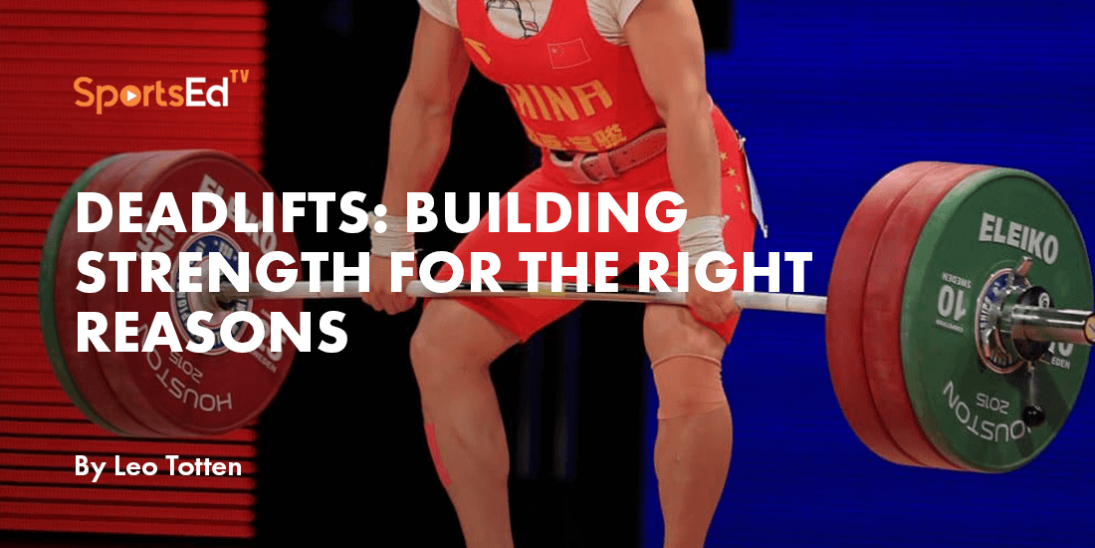Football - American, Strength And Conditioning, Volleyball, Weightlifting
Welcome and thanks for visiting...

The Snatch: Elevating Performance Across Multiple Sports
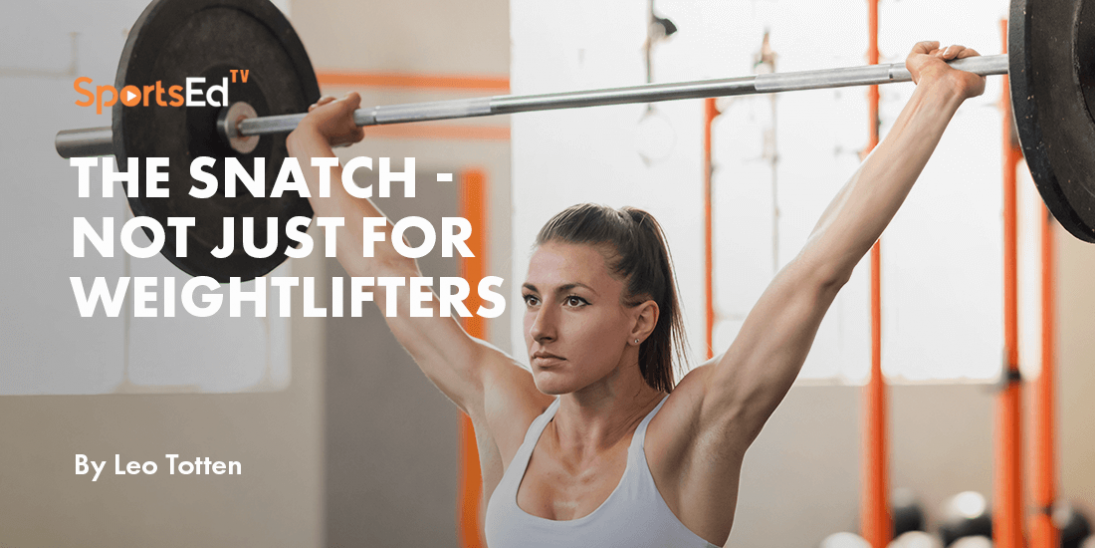
We all have been inundated with information on how beneficial the Olympic lifts can be as part of the strength coach’s repertoire – an effective tool in the toolbox. Many of the physical attributes that athletes need are enhanced by doing the Olympic lifts properly:
- Ability to exert forces as well as to absorb forces
- Maximum force production as quickly as possible (explosive power)
- Total body movement / Multi-joint movement mimicking sport movement
- Closed kinetic chain
- Triple joint extension
- Functional core stability
Weightlifters are some of the most powerful athletes in the world, so why not train like them? (Note: we said train LIKE weightlifters, not exactly AS a weightlifter. Utilizing parts of what they do in training can be a precious tool.
However, many coaches use the Clean as the sole Olympic lift and forget the benefits of getting some Snatch training into their programs as well.
Introducing the Snatch: A Game-Changer in Strength Training
What is the Snatch, and what does it accomplish? The pull pattern is basically the same as the Clean, but the difference is where the “catch” or “receiving position” occurs – overhead instead of on the chest. Because of the pull similarity to the Clean, teaching the Snatch is relatively simple. In spite of this, some coaches think the Snatch is too difficult to teach or not worth the effort. A good coach is a good teacher. (check out some of the great videos on SportsEdTV on how to learn the Snatch)
Mastering the Snatch: Techniques and Benefits
Like the Clean, the Snatch has two major components to the lift, the “pull” and the “catch”. The pull works all of the major muscle groups and utilizes the triple extension producing the desired explosive power so crucial to athletic performance.
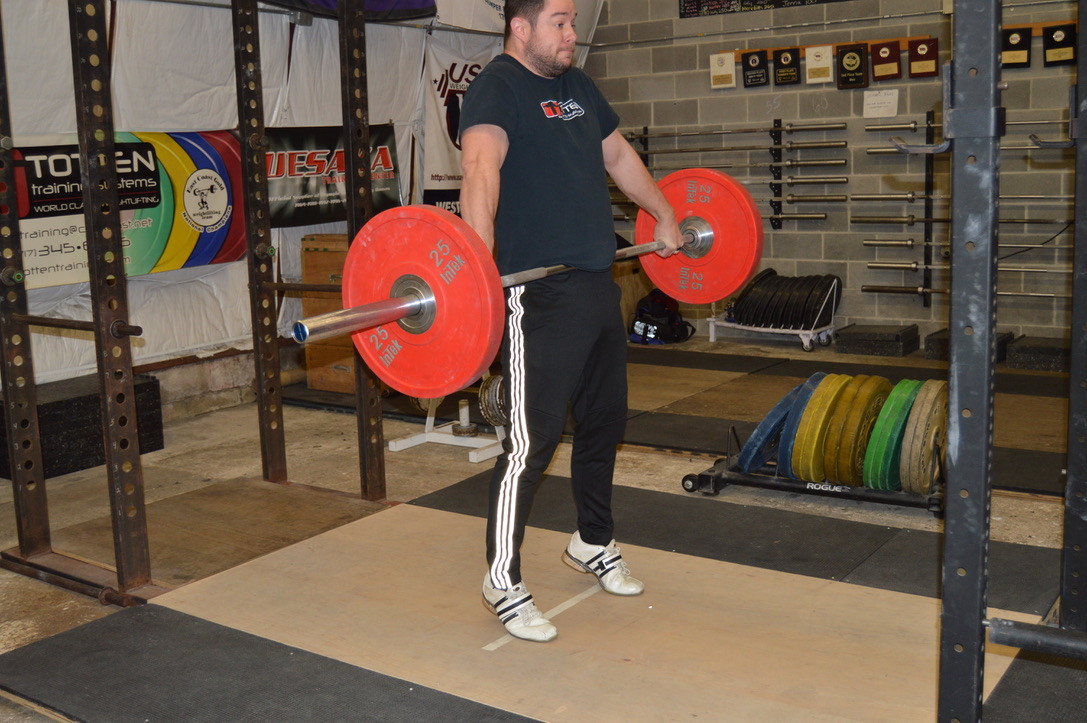
Thinking back to old exercise science classes and the force/velocity curve, different components of strength training affect moving that curve in a positive direction. Because Snatches will need to use lighter weight and move that weight more total distance, they would be training more in the “speed-strength” category as opposed to “power” or “strength-speed”. Documented studies have shown Hang Power Snatches to exude higher velocities than Hang Power Cleans. By the same token, Snatch Pulls generally have higher velocities than Clean Pulls. In a nutshell, if you train fast, you’ll be fast!
An additional benefit is that a wider grip is used for the Snatch as opposed to the Clean, thus opening up the chest more and allowing for more leg work and less back. This is particularly helpful for larger athletes with longer limbs.
Some coaches are afraid of the overhead component of the Snatch. But are overhead movements, in general, OK to be used by the coach? Obviously, screening for risk factors of all athletes ahead of time is smart to head off any problems, and if a particular athlete is predisposed to shoulder issues, then caution must be taken. But, if a safe and progressive training protocol is utilized, then the Snatch or another overhead movement can be effective and useful. With proper technique, proper progressions, and proper loading, the athlete has an additional resource for core strength, scapular, and shoulder strength and stability, as well as scapulothoracic mobility. The “catch” or “receiving position” can provide the additional benefit of core and shoulder stability.
Incorporating the Snatch into Athletic Training Programs
Interestingly, some athletes are more comfortable receiving the bar overhead in the Snatch than they are receiving the bar in the Clean. Sometimes, larger athletes feel less comfortable receiving a Clean just due to sheer bulk in the upper body, or perhaps the athlete has shoulder issues causing discomfort. If that is the case, the athlete can still gain power and explosiveness by doing snatches.
Let’s be clear, though, that we are talking about Snatches to enhance athletic performance. Most coaches are not using Snatches to create a one-rep max to prepare for a weightlifting competition (although we can help with that, too! ð). Athletes can use variations or derivatives of the Snatch to accomplish their goals.
A weightlifter in competition has to perform a one-rep max on the platform from the floor. A majority of the time, they use a “Squat” Snatch or full Snatch as opposed to a “Power” Snatch. That simply means they only have to pull it as high as they need to get under and stabilize in the full squat position. A Power Snatch needs a higher pull to “catch” it above parallel.
However, any other athlete besides the weightlifter performing the Snatch can do any number of variations of the lift. Different goals, right? They can reap the benefits of proper Snatches by either doing a power or squat. Both need that explosive power in the pull, but more flexibility is needed for the athlete to hit the bottom squat position. Perhaps more weight can be used in the Squat Snatch, but only if the technique and flexibility allow it.
Flexibility might be another inhibiting factor for a proper pull position from the floor. If this is the case, the athlete can still attain the explosive component of the lift by doing a Hang Snatch from varying positions. Many athletes will do Snatches off blocks instead of from the hang, still accomplishing the goal.
If the pull is the weak component of the lift for the athlete, a heavier load can be used for just the pull itself rather than finishing in the overhead position. Any variety of start positions (floor, hang, or blocks) can be used. Keep in mind that when adding a load, the proper technique and speed of movement must be emphasized. Other slower, strength movements like snatch grip Deadlifts or snatch grip RDLs can be used where speed is not a factor, just proper technique.
The overhead position has to be strengthened as well. The Overhead Squat is one of the best exercises to improve the Snatch and is also a great exercise in and of itself. This is a great exercise for shoulder and core stability, balance, and flexibility, and, of course, it increases confidence in the receiving position in the Snatch. Other overhead strength builders for the Snatch can be included in the program as well – Snatch Balance, Snatch Grip Push Press, and Push Jerk.
Bo Sandoval, an outstanding strength coach at the University of Michigan and currently at Texas A&M, had this to say about including Snatches in his toolbox of exercises for his athletes:
“I implement the Snatch as a means to develop ground-based explosive power systemically through coordinated bouts of concentric and eccentric actions. This lift, when executed properly, takes fractions of a second, taxes the ATP/CP energy system, and requires varying degrees of athletic positioning while demanding and promoting mobility, stability, and speed throughout. Currently, I use the Snatch and variations with Track & Field, Cross Country, and Lacrosse. I have used this movement with, but not limited to, Football players, Basketball players, Swimmers, Gymnasts, Weightlifters (of course!), Shooters, Tri-Athletes, Wrestlers, Cyclists and Bobsledders.”
So, ask yourself:
- Do the exercises you choose accomplish what you want them to accomplish?
- Do the exercises you choose fit with the clientele that you are working with?
- Are the exercises you choose safe and effective for the athletes you are working with?
Can the Snatch be one of those exercises that fit those criteria? Does it correlate to your “WHY”?
With proper coaching and if done for all the right reasons, the Snatch can be a very effective tool in the coach’s toolbox!



